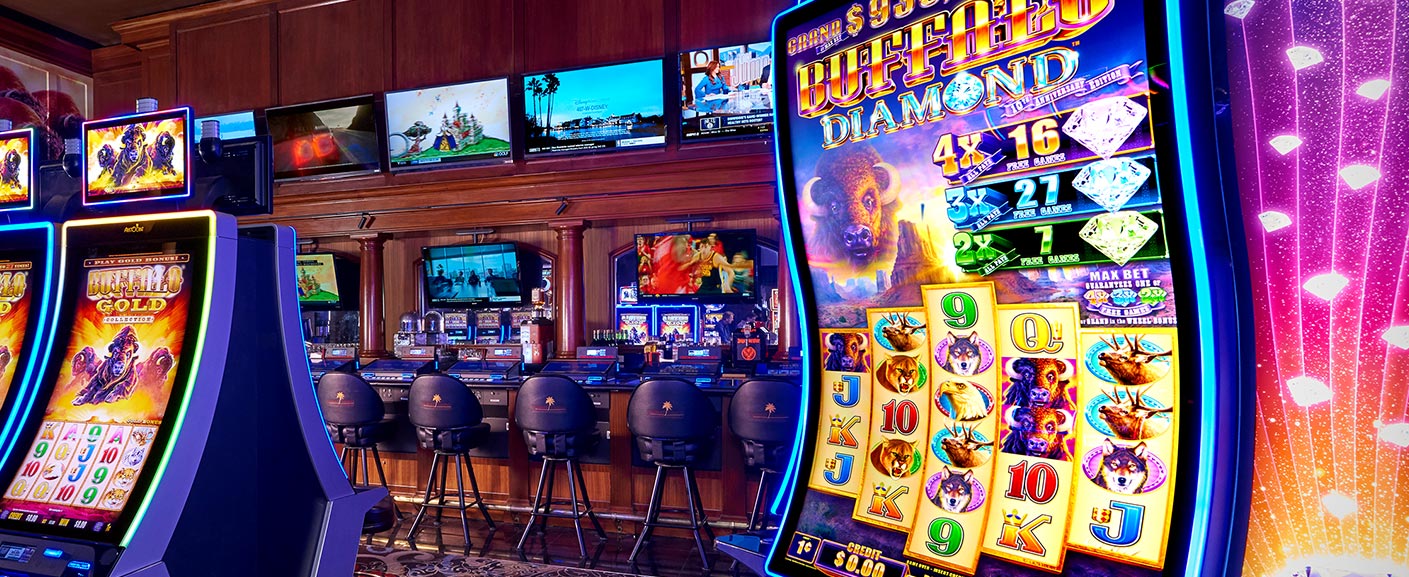What Every New Player Should Understand About Slot Volatility and RTP
When new players dive into the world of slot games, understanding the concepts of volatility and Return to Player RTP is essential for making informed decisions. These two factors heavily influence both the gameplay experience and the potential outcomes. Volatility, sometimes referred to as variance, indicates how often and how big the wins can be in a slot game. RTP, on the other hand, tells players the theoretical percentage of all wagered money that the slot is expected to pay back over time. Volatility is a measure of risk and reward in slot games. Low volatility slots tend to offer frequent but smaller wins, making them appealing for players who prefer steady, less risky gameplay. These games can keep your bankroll going longer, as wins come regularly but in smaller amounts. High volatility slots, however, offer the potential for larger payouts but with less frequency. This means players may experience longer dry spells without wins but might hit big rewards that can significantly increase their balance.

RTP is a critical figure for understanding what portion of your total bets you might expect to win back over time. For example, a slot with an RTP of 96% theoretically returns 96 for every 100 wagered in the long run. It is important to remember that RTP is calculated over millions of spins, so short-term sessions may vary greatly. A higher RTP slot does not guarantee frequent wins but suggests better odds of recovering some of your stake over time compared to lower RTP games. When choosing a slot, balancing volatility and RTP based on personal play style and bankroll is vital. Players who enjoy more consistent, smaller wins might lean toward low volatility games with a decent RTP. Meanwhile, those who can tolerate longer periods without wins and chase larger jackpots might prefer high volatility slots.
Combining this with a respectable RTP helps to manage expectations and improve the overall gaming experience. Another key consideration is how bankroll size interacts with these factors. Low volatility games are generally better suited for smaller bankrolls because their frequent wins help maintain playtime. High volatility slots require a larger bankroll and more patience, as the chances of hitting significant wins come less often but can be more rewarding. Managing your budget alongside volatility and RTP ensures a more sustainable and enjoyable gameplay session. Understanding slot volatility and RTP equips new players with knowledge to choose games that fit their risk tolerance and gaming goals and over at this website https://tigrinho-brasil.com/. These metrics help set realistic expectations and guide players toward a more enjoyable and potentially rewarding experience. By carefully considering volatility and RTP, players can make smarter choices and better manage their gaming strategies.